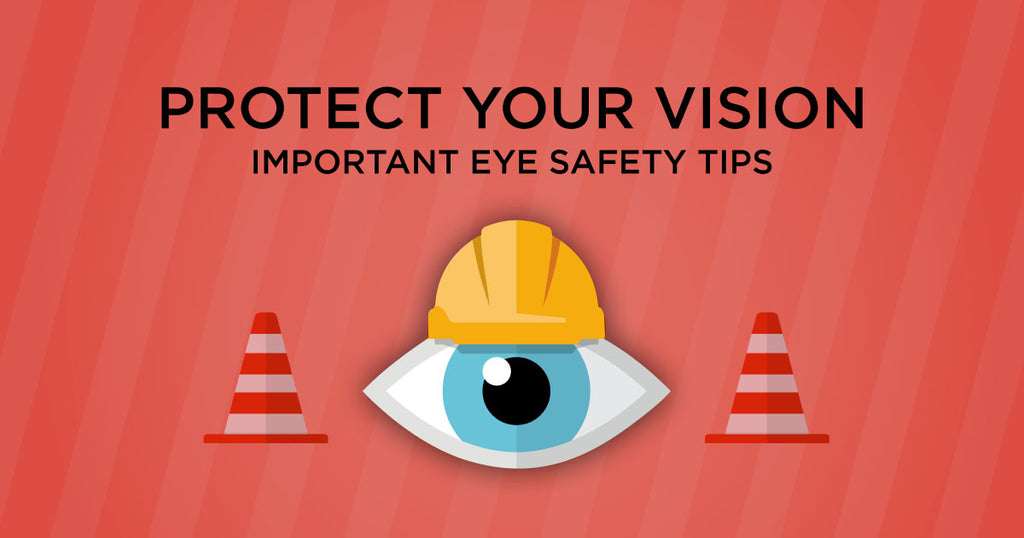Have you ever considered what life would be like if you suddenly became blind? It’s a horrifying thought for most. Even seemingly minor eye injuries like a scratch from sawdust, cement or dry wall can cause long-term problems. Even partial blindness or damage to the eyes can leave a person disabled so it’s essential to wear suitable eye protection if there is a risk of eye injury in your workplace.
There are three types of eye injuries commonly suffered at work:
- Striking or scraping injuries which occur when a small particle such as a piece of dust, a cement chip, metal debris, sawdust or another wood chip strikes or scrapes the eye. These particles could be sent flying by anything from the wind to a tool or fall from above. Larger objects can also cause striking or scraping injuries resulting in trauma to the eye ball or socket.
- Penetration injuries occur when a sharp object becomes embedded in the eye and can cause blindness.
- Chemical and thermal burn injuries are a danger in workplaces which use industrial chemicals or cleaning products which are common causes of chemical burns to the eyes. Thermal burns are often suffered by welders and can cause extensive damage to the eyes and surrounding tissue.
Experts believe that up to 90% of on-the-job eye injuries could be prevented with the correct protective equipment.
Protective eye equipment includes goggles, face shields, safety glasses, or full-face respirators. Choosing the correct equipment will depend on the nature of the danger, personal vision needs and what other precautions are in place. Eye protection should be individually fitted to ensure that it provides enough protection without obstructing the vision of the wearer.
Safety glasses and goggles are the most common choices. Safety glasses, which are designed to withstand impacts, are suitable for workplaces where larger particles present a hazard. They have safety frames and safety lenses and they generally have side shields which can protect from objects that could bruise, pierce or damage your eyes. For environments where liquids or gases pose a threat to the eyes, safety goggles are a better choice as they seal against the face to keep even gases away from your eyes. They can include a ventilation system which allows air to circulate and prevent misting.





